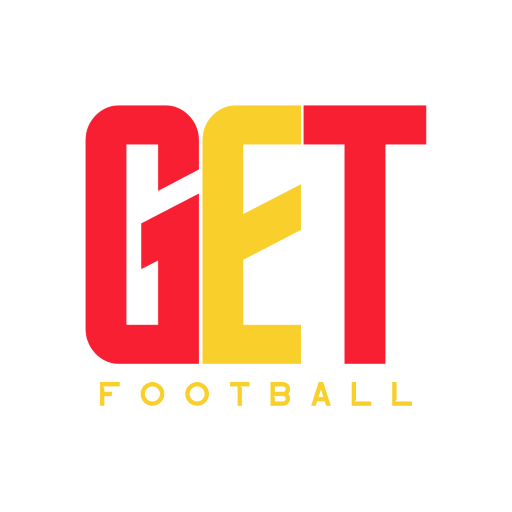In Brighton, on England’s south coast, Argentina’s World Cup victory was celebrated. When Alexis Mac Allister returned from two weeks’ rest after the World Cup in Qatar, he was met with a massive and unexpected welcome. Seagulls fans, his team-mates and the entire club welcomed their new hero back to what they know as home.
MacAllister’s success has been felt by the whole of Brighton. Before the World Cup, he was a relatively unknown player in Europe but his performances as a mainstay in Argentina’s starting eleven has put Brighton on the map of model clubs.
For some years now, Brighton & Hove Albion have been planning to find stability in the Premier League. They have done so by scouting around the world to unearth young talent in places where they can get ahead of Europe’s big clubs, as mentioned in a report produced by Mundo Deportivo.
When Brighton thrashed Everton 4-1 at Goodison Park to move into eighth place in the Premier League, it was natural for football fans to wonder where the likes of Caicedo, Ferguson, Sarmiento, Mitoma and Enciso came from; all a key part of the team now coached by Italian Roberto De Zerbi, who arrived from Shakhtar Donetsk and was previously credited with Sassuolo’s rise in Serie A.
Behind the investment in the club is its owner, Tony Bloom, a Brighton-born millionaire who has made his fortune in the world of poker and gambling. Bloom wanted to follow family roots linked to Brighton and bought the club in 2009 to invest more than €250m. When he arrived, the Seagulls were in League One at the time. Under his management, he promoted the construction of the Falmer Stadium, inaugurated in 2011, and a new sports city with the sponsorship of American Express. It was not until the 2016-2017 season that he achieved the long-awaited promotion to the Premier League, after 34 long years.
Catalan full-back Bruno Saltor was a member of that team. After nine seasons with the Seagulls, he joined the backroom team at Brighton and was an important part of the negotiations for the purchase of Marc Cucurella from Getafe. Brighton bought the Spanish left-back in the summer of 2021 for €18m and sold him, one season later, to Chelsea for €65m. He is an example of the model; betting on young players, revaluing them, and selling them on. Today, Saltor works at Chelsea as head of development.
The discovery of young footballers in South America, between the ages of 18 and 22, is Brighton’s speciality, with a network of scouts spread throughout the continent. Alexis MacAllister arrived from Argentina at the age of 20, signing from Argentinian giants Boca Juniors. In three years, he has become a mainstay of the team and a world champion. Moises Caicedo and Jeremy Sarmiento came from Ecuador aged 18. Both have made their names at Brighton and have played in the World Cup. Julio Enciso (18) moved to England from Paraguay, joining from Club Libertad. The latest, also 18, is Argentine Facundo Buonanotte, a promising attacking midfielder from Rosario Central, who has chosen Brighton despite being pursued by a number of big European clubs.
But Brighton are also signing players closer to home. Japan international Kaoru Mitoma, Spanish goalkeeper Robert Sánchez, Leandro Trossard and young Irish striker Evan Ferguson, who joined Brighton in January 2019 from Bohemians, are examples of European recruitment. Former manager Graham Potter, now at Chelsea, wanted Ferguson, and the young forward, still only 18, has scored two goals in two games, against Arsenal and Everton, becoming the youngest Ireland international to score in the Premier League.
Brighton (eighth) host Liverpool (sixth) in the Premier League on January 14. If the Seagulls beat Jurgen Klopp’s side, they will overtake them in the table. This is now within reach but was unthinkable just a few years ago. Brighton have become a model to follow.
Kieran Quaile | GSFN










